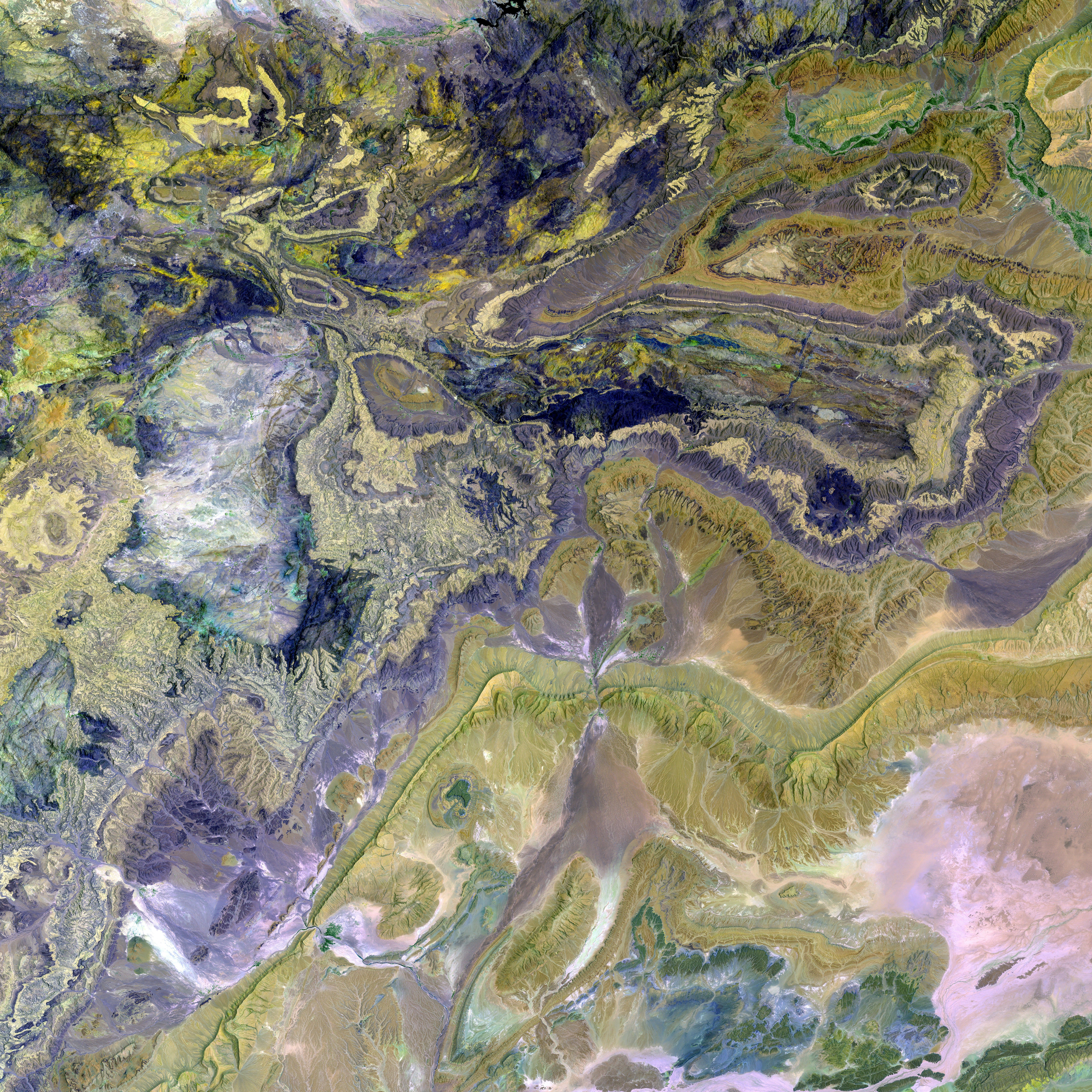Hawaii Introduces Climate Fee on Tourists to Fund Environmental Projects
Hawaii Proposes Tourist Fee for Climate Mitigation
In an effort to combat climate change and protect its natural environment, the U.S. state of Hawaii is set to implement a new "Green Fee" for tourists starting 2026. This fee will be used to finance climate resilience projects, with the aim of bolstering the state's defenses against extreme weather events like wildfires, storms, and flooding.
Governor Josh Green stated, "As an island chain, Hawaii can't wait for the next disaster before taking action. We need to build resilience now." Hawaii will become the first U.S. state to introduce such a fee for climate impacts, as announced by the governor's office.
The Green Fee will increase the existing tax on visitors by 0.75 percent, starting from January 1, 2026. This will apply to all paid accommodations, including hotel rooms, vacation rentals, and cruise ship accommodations. For instance, a hotel room priced at $300 per night will incur an additional $2.25 in climate fees. This increase in the Transient Accommodations Tax (TAT) will raise the total lodging tax to 11%.
While the estimated annual revenue from this new climate fee is projected to be between $85 million and $100 million, the hotel industry is expressing concerns about its potential impact on tourism. Jerry Gibson, President of the Hawaii Hotel Alliance, stated, "I’m really concerned that it will become too expensive for people to come to Hawaii."
However, Carl Bonham of the University of Hawaii suggested that the increase may not deter tourists from choosing Hawaii as a destination. Instead, it may result in a reduction of spending on restaurants or excursions. In 2023, around 10 million visitors traveled to the state, according to Hawaii Tourism Authority data.
The revenue generated from the Green Fee will be allocated to the Hawaii Climate Impact Special Fund to support a range of climate and environmental projects. The economic responsibility for environmental protection will be shared with tourists and local residents who use the state’s natural resources, ensuring it does not fall solely on Hawaii residents.
[1] Island invasions: how alien species threaten Hawaii's unique flora and fauna, BBC News. (2019, June 30). Retrieved January 13, 2023, from https://www.bbc.com/travel/article/20190630-island-invasions-how-alien-species-threaten-hawaiis-unique-ecosystem
[2] State of Hawaii Climate Commission - Executive Summary, Hawaii Climate Commission. (n.d.). Retrieved January 13, 2023, from https://hawaii.gov/climate-policy/climate-commission/reports/state-of-hawaii-climate-commission-executive-summary/
[3] Hawaii leading the way on climate change, Pacific Business News. (2019, August 29). Retrieved January 13, 2023, from https://www.bizjournals.com/pacific/news/2019/08/29/hawaii-leading-the-way-on-climate-change.html
[4] Hawaii Passes Law to Protect Reefs, Offering $5 Million Reward for Information on Illegal Bleach Dumping, Honolulu Star-Advertiser. (2021, July 5). Retrieved January 13, 2023, from https://www.staradvertiser.com/2021/07/05/breaking-news/hawaii-passes-law-to-protect-reefs-offering-5-million-reward-for-information-on-illegal-bleach-dumping/
In the ensuing years, Hawaii has experienced multiple natural disasters exacerbated by climate change, including coastal erosion, wildfire prevention initiatives, restoration projects for Waikiki beaches, and hurricane preparedness with roof clips, as well as the removal of combustible vegetation. The state's unique ecosystem remains under threat from invasive species, bleach dumping, and overtourism. The revenue generated from the Green Fee will help address these pressing environmental concerns.
- The new "Green Fee" in Hawaii, intended to combat climate change and protect the state's natural environment, will be used not only for climate resilience projects, but also for restoring Waikiki beaches and implementing hurricane preparedness measures, such as roof clips and the removal of combustible vegetation.
- In addition to addressing the threat of invasive species and bleach dumping, the revenue generated from the Green Fee in Hawaii will help fund science-based projects aimed at understanding and mitigating the effects of climate change on the state's unique ecosystem, possibly including research in the field of environmental science.
- In the realm of community policy, the Green Fee in Hawaii represents an innovative approach to the financial responsibility of environmental protection. By sharing this burden with tourists, the state aims to alleviate the economic impact on local residents, and demonstrate leadership in business practices that prioritize the environment within the tourism industry, following the trend set by the announcement of the fee for climate impacts.







